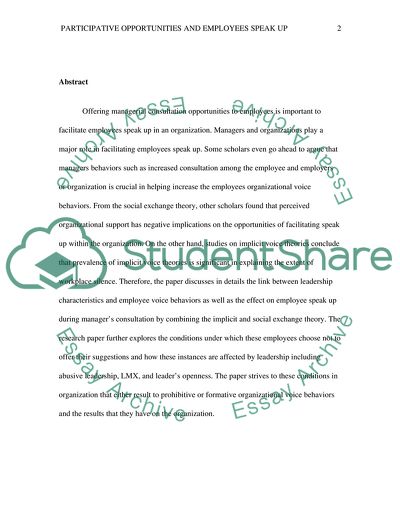Cite this document
(When and why offering participative opportunities facilitate speak Thesis Proposal, n.d.)
When and why offering participative opportunities facilitate speak Thesis Proposal. https://studentshare.org/human-resources/1848800-when-and-why-offering-participative-opportunities-facilitate-speak-upvoice-behavior
When and why offering participative opportunities facilitate speak Thesis Proposal. https://studentshare.org/human-resources/1848800-when-and-why-offering-participative-opportunities-facilitate-speak-upvoice-behavior
(When and Why Offering Participative Opportunities Facilitate Speak Thesis Proposal)
When and Why Offering Participative Opportunities Facilitate Speak Thesis Proposal. https://studentshare.org/human-resources/1848800-when-and-why-offering-participative-opportunities-facilitate-speak-upvoice-behavior.
When and Why Offering Participative Opportunities Facilitate Speak Thesis Proposal. https://studentshare.org/human-resources/1848800-when-and-why-offering-participative-opportunities-facilitate-speak-upvoice-behavior.
“When and Why Offering Participative Opportunities Facilitate Speak Thesis Proposal”. https://studentshare.org/human-resources/1848800-when-and-why-offering-participative-opportunities-facilitate-speak-upvoice-behavior.


